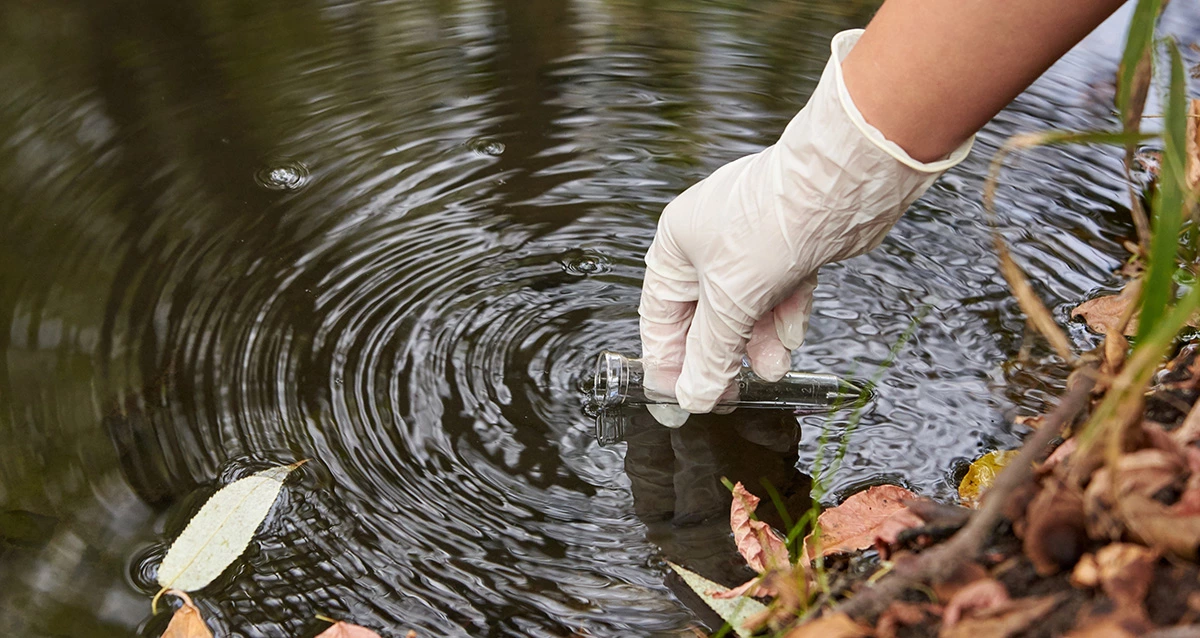
Please help us spread the news—the WRRC is now accepting proposals for this year’s federal WRRA 104(b) and 104(g) grants. The Water Resources Research Act (WRRA) Sec6on 104(b) program provides small grants for research projects on water-related issues in Arizona. Proposals featuring student work are encouraged. The 104(g) program supports research that is regional or national in scope, and the call for proposals includes a track for research specifically focused on Per- and PolyfluoroalkylSubstances (PFAS) in water resources.
Tucson to Build Advanced Water PurificaHon System
This month, Tucson officials and the US Bureau of Reclama6on signed an agreement to turn more wastewater into high-quality drinking water. The advanced water purification (AWP) facility, to be completed by late 2031, will be capable of trea6ng 2.5 million gallons per day. The new plant will augment the current work performed at the Tres Rios Water Reclama6on Facility in southeast Tucson.
ADWR’s Interactive Dashboard Displays AMA Water Use ProjecHons
In connection with its proposed Assured Water Supply Agto-Urban program, the Arizona Department of Water Resources (ADWR) has developed an online dashboard offering visualizations of data to illustrate the program’s projected impacts.
Arizona Water Factsheets … Did You Know?
CRIT Efforts Help Sustain the Colorado River
The Colorado River Indian Tribes (CRIT), representing four distinct Tribes — the Mohave, Chemehuevi, Hopi, and Navajo — and located along the Colorado River in La Paz County, are a significant water rights holder and state partner. With first-priority entitlements to nearly one-third (662,402 acre-feet or 200 million gallons per year) of Arizona’s Colorado River allotment, CRIT sustains a strong agricultural industry.

